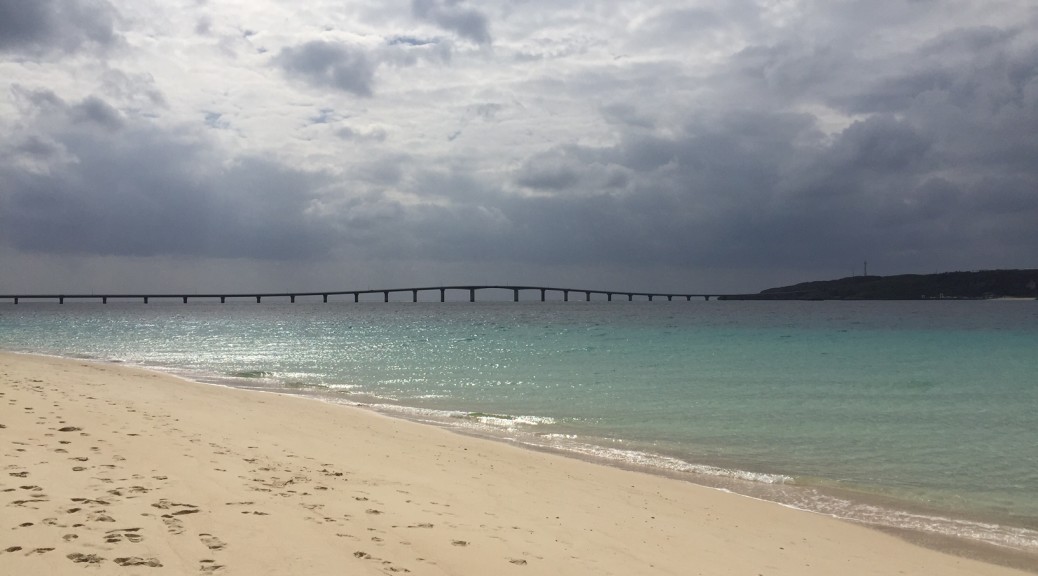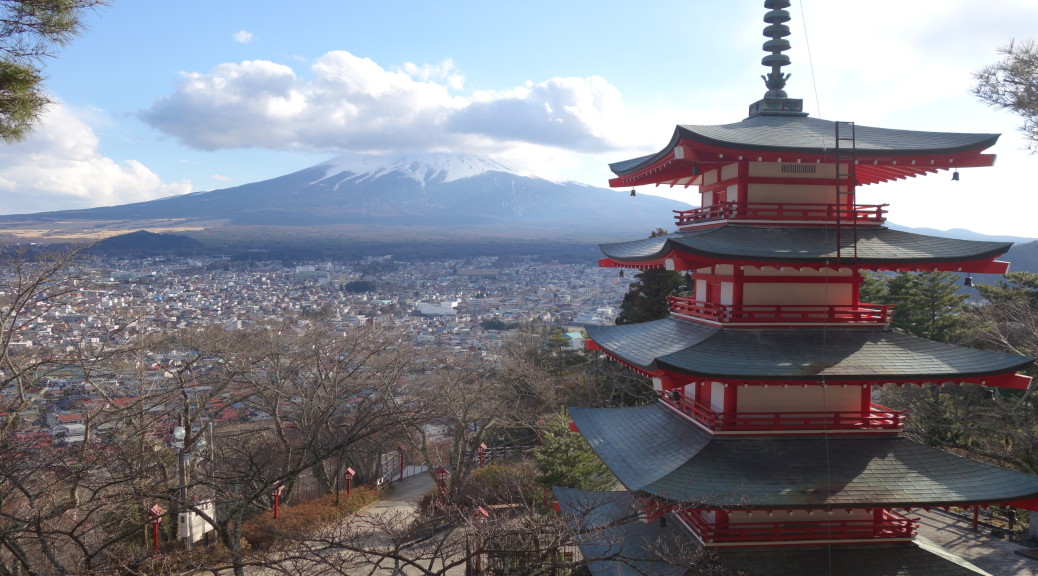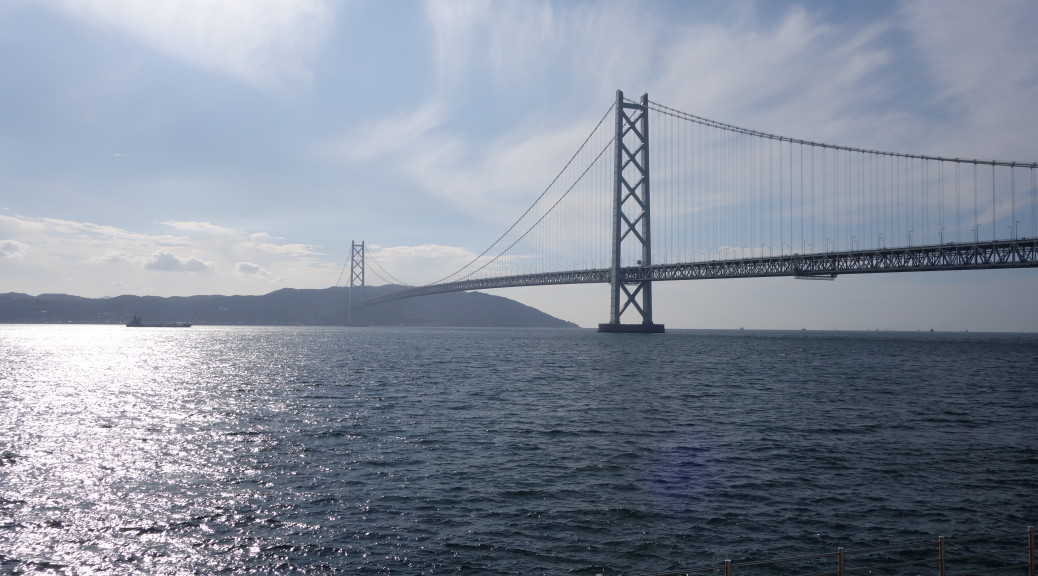Having previously visited Oita Prefecture a couple of years ago and really enjoying myself; I decided that the time was right to re-visit Oita, taking a familiar route but stopping off at some new places along the way.
After flying in from Kita-Kyushu and having good intentions to visit the Fujien Kawachi Wisteria Gardens (which wasn’t open in late April 2017 for good reason, the Wisteria wasn’t even in bloom yet) we decided to take a slightly different route and head to the Kunisaki Peninsula instead. The roads in northern Kyushu, much like the rest of Kyushu, are excellent for driving. Clean, safe and relatively quiet during the April season.
The first port of call on our trip traveling from Kita-kyushu airport was to the Usa-Jingu shrine in Oita, Usi; this stunning little complex of beautiful shrines and buildings is a must do in the area. Prepare to drive for at least 2 hours to reach the Kunisaki Peninsula. Once at Usa-Jingu – which is the main shrine for hachimangu jingu in Japan – you will find some wonderful scenery for strolling around. You should allocate at least an hour of your day for visiting this stunning area.
From there, you may choose to visit Makiodo or other areas of the Kunisaki Peninsula – the Rokugo Manzien temples are some of Japan’s most famous – before heading on to your next destination. Our next stop was to the world famous onsen town of Beppu.
Beppu has so much to do and to enjoy. You can find several “hells”, known as Jigoku in Japanese. These are naturally occurring hot springs that are often with different colour water, smells and/or nature surrounding them. Parking is very easy to find in this area, so when driving around Beppu you should find stopping your vehicle relatively simple and cheap.
After enjoying a wonderful meal and evening in Beppu, the following day saw us drive for a wonderful breakfast at Jigokumushi Kōbō Kannawa (Jigokumushi Kobo Steam Cooking Center), where you will be able to cook your food on the heat of the onsen. A great side trip is a short drive away, to Takasakiyama Monkey Park where you can find hundreds of cheeky monkeys (macaques) on top of their own mountain. A wonderful day out!
A recommended itinerary from there is to drive to the pretty town of Yufuin and set up camp there. You will find it tricky to get around by car around Mount Yufu/Yufuin and so keep this in mind if you are reliant on your vehicle.
After Yufuin, you may choose to head to Oita City, the main city in Oita prefecture. There are plenty of shops and restaurants here.
After Oita City, we decided to stop by Kitsuki town; a delightful little village on the way to Oita Airport. From there you will find many shops and a pretty little castle to explore.














